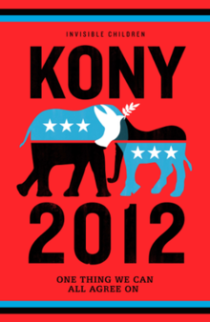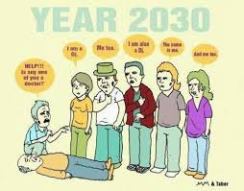Equality isn’t easy. We are all made unique with different abilities and there is always someone out there who will be better than you (unless your Beyonce). However, being said, we should be celebrating these differences as they provide multiple perspectives and views on the world, allowing for the creation of amazing things. One such thing is the internet. Such a powerful tool made with good intentions dominated and used for evil.
The arrival of the web has promoted misogyny with the increased ability to exercise your right to inflict your opinions on other people. The current state of technology makes your freedom of speech a hassle free, effort less process. Misogyny has always existed and is now simply easier to express.
One such issue continually brought to life is the discrimination of women and the belief they are ‘incapable’ of delivering information at a standard men would. Where is there any logic to prove that is remotely true? Are we that threatening that there is a need to strategically attack one another in fear that we will cope the first blow?
The current ‘Wikistorming’ project has been developed in order to counteract this trend. By acknowledging the contribution of women within the digital landscape, the feminists hope to change the demographics of Wikipedia’s editor-base in hope that it will eventually to create a more equitable, inviting space in which to share knowledge. Wikipedia, one of the most used information sources online has an overwhelming male presence. Only 3% of contributors are female. Problems with this? Millions of people every day are reading this information from one point of view. This is a detriment to the information shared as it is not catered to suit EVERYBODY. Only 20 something, white males attending uni, still living at home, trying to work out whether they have enough goon to go out to some chicks house party.
If we are to grow and develop in a POSITIVE way as a society we need to stop cutting each others grass and support each others ideas. If you don’t approve because of a legitimate reason, fine! Im sure that person won’t really miss you from their life. Just because I’m so chick and do have the ability to ‘feel’ doesn’t mean I’m going to confuse them with information and important things. That’s why its so cool being a women, we have the ability to multi-task therefore i can feel, work, play, do anything i want, so stop abusing me cause your jealous.
2014, ‘Wikistorming’, FemTech Net, viewed 16/5/2014, http://femtechnet.newschool.edu/wikistorming/









